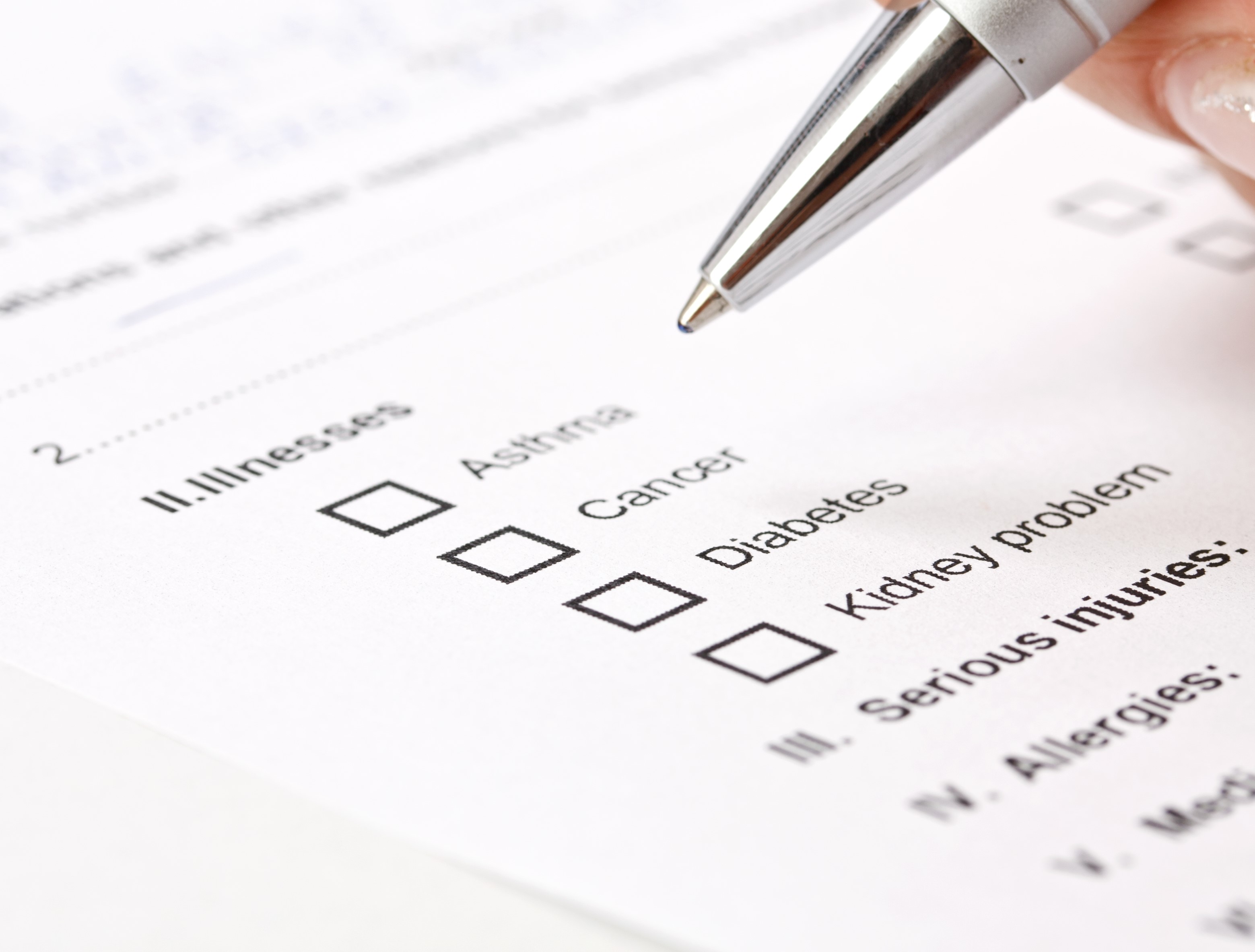
The health data reports listed below contain findings from the Upper Peninsula Community Health Needs Assessment 2021 conducted by the staff of the Western U.P. Health Department, in collaboration with over 40 community partners. The assessment covers the 15 counties of Michigan’s Upper Peninsula – the rural, rugged, and remote home to nearly 300,000 residents.
Data for the assessment were gathered from a wide array of published sources, as well as responses to a survey completed by over 3,500 residents across the 15 counties of the Upper Peninsula. External data sources include the U.S. Census Bureau and its American Community Survey, as well as statistics compiled by the Michigan Department of Health and Human Services, the federal Centers for Disease Control and Prevention, and other government and private agencies.
A shortcoming of national and state health surveys is that the samples are designed to represent the national or state population as a whole. This means that in small population cohorts, like the counties in the Upper Peninsula, not enough residents are included in the sample to provide actionable estimates at the county level. The local survey data allows us to understand the specific health needs of our residents more thoroughly and to measure changes over time.
The local survey was patterned after the Behavioral Risk Factor Surveillance System survey conducted by the CDC and state health departments. In addition, those completing the survey were asked to rank their perceived importance of 16 community health issues, which included access to medical, mental health, substance abuse, and eldercare services.
The local survey conducted in 2021 used the same questions as the local survey conducted in 2017. Analyses of the differences between the results of the two surveys are included in the current Assessment. Western U.P. Health Department thanks the many people and organizations who backed this project and generously contributed their time and encouragement. Above all, a debt of gratitude is owed the over 3,500 residents who completed the lengthy survey in the service of improving community health. May we honor their contributions by using the information gathered to work together to improve the health in our communities.
Links to Assessment Documents:
Below are links to the full 458-page 2021 report, and to 15 County Dashboards, which are 2-page summaries of health data at the county level. The County Dashboards can be printed, two-sided and in color, and used as handouts at focus groups and community meetings.
There are also links to the 2018 iterations of the community health needs assessment.
2021
2018
